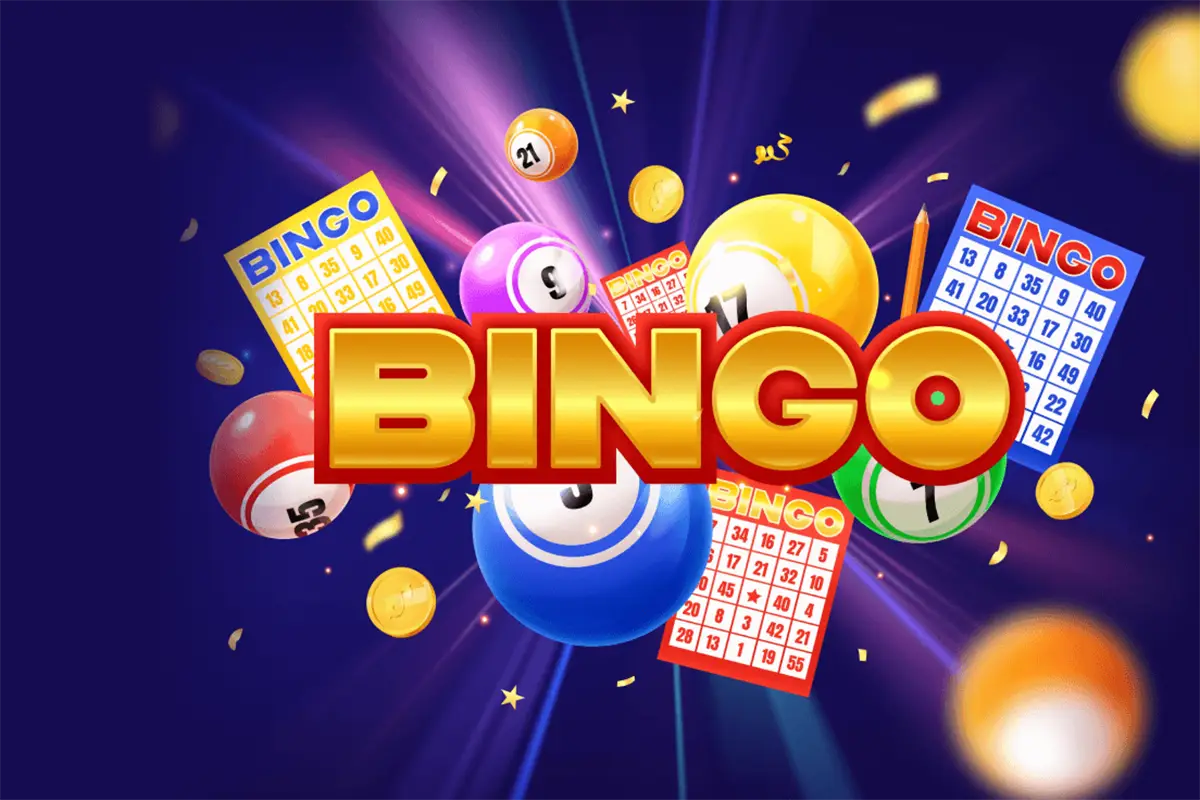How did gambling games originate? Entertainment emerged not as a way to make money, but as a reflection of social rituals and the need to control randomness. Bingo did not arise as a business product – it grew out of educational practices, ritual drawings, and folk festivals. Its path passed through language barriers, wars, economic shifts, and technical transformations, but it retained a simple essence: the collective anticipation of winning.
The First Seed: How Did Gambling Games Originate and Why Bingo?
The initial push towards the formation of bingo came from a societal demand to organize luck. People used lotteries to divide harvests, appoint elders, or even interpret fate. Italian fairs of the 15th century used numbered cards and bags of balls to entertain the public during trading days. It was there that tables with numbers and public drawings without bets were first used. The format resembled a game but remained within the realm of fair drawing of lots.
Later, German educators applied a similar method to teach children arithmetic. Cards with numerical sequences were used not for winning but for training attention and quick counting. Educational goals did not overshadow the thrill; instead, they emphasized how deeply the human desire to win is ingrained, even within a game without a prize.
Transition to Gambling: When Bingo Gained a Competitive Spirit
Gambling began to infiltrate bingo when prizes started to be awarded. French establishments of the 18th century organized card games resembling balls, invited the knowledgeable, and introduced bets. The images themselves became a design element: paper, typography, numerical combinations gained meaning. The first important element emerged – the format. Not just a number from a bag, but a specific card shape with a fixed set. The emergence of a balance between chance and investment is well illustrated by the following example: when the format moved to France, organizers began selling cards in packs, divided by difficulty. A game with five rows cost more than one with three but allowed for more frequent wins. Thus, the prototype of the balance between chance and investment was born.
American Adaptation: Commercialization and Mass Format
American agricultural fairs of the 19th century adapted bingo for commercial purposes. Printers produced cards in editions, callers shouted numbers, and the crowd recorded them in notebooks. Bingo became a tool to attract attention: prizes included a sack of flour, a chicken, or a coin. The rewards motivated repeated participation.
In the 1920s, church organizers began using bingo as a way to raise funds. Platforms with a religious reputation used the simple game mechanics as a morally acceptable form of entertainment with a charitable purpose. This gave bingo the reputation of a “respectable” gambling game. Prize distribution was accompanied by lectures, and success was associated not with greed but with participation in a cause. Commercial operators kept up: cards were sold in increased editions, a standard 5×5 field was introduced, with a symbol of a free cell in the center. This simplification allowed for speeding up the game and introducing it into cafes, barracks, and schools.
Transformation into an Industrial Product: How Did Gambling Games Originate
When looking at how gambling games originated through the lens of bingo, it becomes particularly evident during the stage of mass production. Printing companies began producing cards with millions of unique combinations to avoid repetitions in large halls. The winning mechanics became more complex: diagonals, intersections, letter-shaped patterns. This was no longer a mere drawing of lots but a full-fledged system controlled by the organizer.
Establishments began using bingo as a key tool for retaining customers. Bars held evening draws with alcohol, shopping centers with gifts. Bingo acquired the status of a “people’s slot”: understandable, accessible, cheap. Participation cost ranged from 1 to 10 dollars, and prizes varied from a mug to a television. During this period, the first software for managing the game appeared: scoreboards, buttons, electronic machines that read out numbers. In the 1980s, digital screens emerged, allowing players to see their progress instead of writing it by hand.
Digital Age: How Bingo Format Adapted to Online Realities
The advent of the internet radically changed the perception of gambling games and definitively separated the format from its physical carrier. Online bingo became the first social game where the element of communication transitioned into a digital form. Chat, emojis, in-game gifts – all of this complemented the mechanical process of drawing.
How gambling games appeared online, especially using bingo as an example, is clearly seen in the speed of platform adaptation. By 2005, major sites offered several rooms with different ticket prices, automatic number marking, built-in jackpots, and even progressive accumulations from bets. Participation became global – users from the USA, UK, Australia played in the same draw simultaneously. The mobile revolution changed the design: cards were simplified, navigation was moved to swipes, auto-fill was added. Algorithms learned to predict player behavior: how many cards they would buy, when they would click “enter,” which patterns they preferred. All of this helped maintain attention without the involvement of a host.
Modern Bingo: Merging Format, Ritual, and Visual Language
Today, bingo exists simultaneously in several formats: classic offline bingo in clubs; network sessions with jackpots; hybrid tournaments with live streams and augmented reality. A direction called “event bingo” emerged, where draws are held at concerts, exhibitions, corporate parties. Organizers customize cards to the event’s theme – from pop culture to the company’s history.
How gambling games originated – a question to which modern bingo simultaneously provides an answer at the level of mechanics, design, and marketing. The simple 5×5 matrix has evolved into a flexible visual interface. Bingo symbolism – balls, the calling voice, marking off numbers – has become part of the mass imagination. It is more than a game: it is a cultural gesture.
Reinterpreting Roots: How to Restore Depth to the Game
Understanding how gambling games originated obliges us to see bingo not just as a format for monetization but as a carrier of collective memory. Restoring ritualistic elements to entertainment can be done through design – using cultural symbols in which similar practices originated. Sound accompaniment, typography, interface – all of this can reflect the game’s origins rather than erase them. Gambling platforms can use historical facts as a marketing resource: present bingo not as a “game for grandmothers” but as a transformed ritual that has survived several epochs. This approach will elevate the game’s status, attract a more mature audience, and foster a respectful attitude towards the history of gambling.
Conclusion: Why Bingo History is a Mirror of the Entire Industry
Bingo history illustrates how gambling games originated – not out of greed but out of the human need to create rules for randomness. The format has traversed a path from educational mechanics to mass entertainment, without losing its essence: social involvement and pleasure from the rhythm. Bingo has not disappeared in the digital world – it has transformed, preserving the magic of anticipation. This is precisely why studying its history helps understand the entire cultural and technological vector of the gambling industry.
 en
en  ru
ru  de
de  ar
ar  es
es  nl
nl  hi
hi  fr
fr  it
it  pt
pt  el
el 


